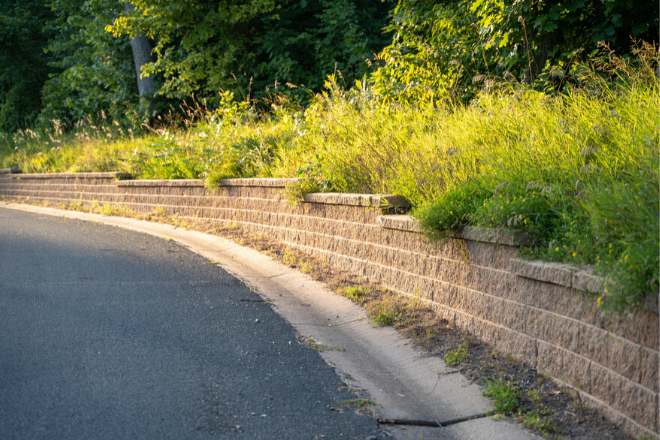Article by Kevin Folsom, Trinity Christian Academy

Director of Campus Operations,
Trinity Christian Academy
“Dad, you might as well turn around now. I’m not going to this school!” These were my son’s words as we were touring college campuses. We had just driven onto one that had been recently acquired by a very well-respected major university, but the landscaping was sparse, weeds profuse, paint peeling and windows dirty.
In my 35 years as a manager of education facilities, at both colleges and independent schools, I often wondered what discussions took place in the family car, as prospective students approached a school and observed the buildings and grounds. I wondered if we had balanced all the variables of cleanliness, welcoming landscaping and comfortable learning environment — if we projected good institutional stewardship in our choices of flooring, wall finishes, doors and the like in public spaces, offices, classrooms, auditoriums, restrooms and even the parking lot. During that college visit, it was clear the campus in question had not ticked all the boxes.
My wife and I have two now-grown children who are complete opposites in every way: gender, eating habits, discipline, rewards, entertainment, play — and learning styles. One required highly specialized schooling at an independent K-12 school, while the other excelled in public school. When choosing a school, academic fit was always the priority; we never found ourselves looking for highly polished or elaborate facilities. Even if buildings were older or out of fashion, if they were well maintained, we could walk away with a good feeling.
Other than perhaps the external structure, everything in a building will have to be replaced by the end of 50 years. Maintaining the unseen will have a lasting impact on our school’s ability to thrive.
A building’s maintenance is more than skin deep, however. Good stewardship of our facilities has two parts: the seen and the unseen. Schools proactively spend most time and money on the seen, the curb appeal. The unseen includes plumbing, electrical, roofing, HVAC, life safety systems, code compliant kitchens, building structure, etc. Roughly 60% of a facility’s total value is in the unseen category. Other than perhaps the external structure, everything in a building will have to be replaced by the end of 50 years. Maintaining the unseen will have a lasting impact on our school’s ability to thrive.
Let’s take a hypothetical $20 million new facility. Immediately upon its completion, the renewal clock begins ticking. Some components such as painting or carpet will need replacement after five years, other components are on 10-, 20- or 35-year lifecycles. With an average 3% annual inflation rate for construction, after 50 years, the same facility will cost almost $90 million to build. It’s difficult to comprehend. Often those of us charged with operations and budgeting would rather stuff our heads in the sand than think about it. The laws of nature, however, cannot be ignored.
Schools would do well to understand their facilities as endowments
Schools would do well to understand their facilities as endowments. In most cases, a school’s facilities have the largest cash value of any endowment they possess. And providing for the renewal of facilities should be considered the same as servicing a debt. Essentially, once that $20 million facility opens, you have 50 years to “pay down” the $90 million in impending facility renewal costs — if you plan to continue operating in 50 years. If a school doesn’t take renewals into account, it will be in debt to deferred maintenance, which will accrue “interest,” through inflation, annually. Facility management leaders and professionals call this thinking total cost of ownership or TCO. APPA, the educational facilities association, has recently developed new TCO standards.
There’s a simple way to address TCO. At the end of a facility’s first year, invest 2.5% of a facility’s value in a fund, as you would do for other endowment funds, with a goal of accruing 5-7% interest. If you do this every year, at the end of 50 years you will have amassed enough funds to replace the building entirely — in the case of the above example, $90 million.
The outward appearance of our school facilities impacts our schools’ bottom line in the immediate future — curb appeal plays an undeniable role in enrollment and retention. But the unseen aspect of facilities maintenance will surely play just as large a roll in years to come.
Kevin Folsom is director of campus operations at Trinity Christian Academy, a preschool-grade 12 day school with 1,416 students in Addison, Texas.
Download a PDF of this article.





